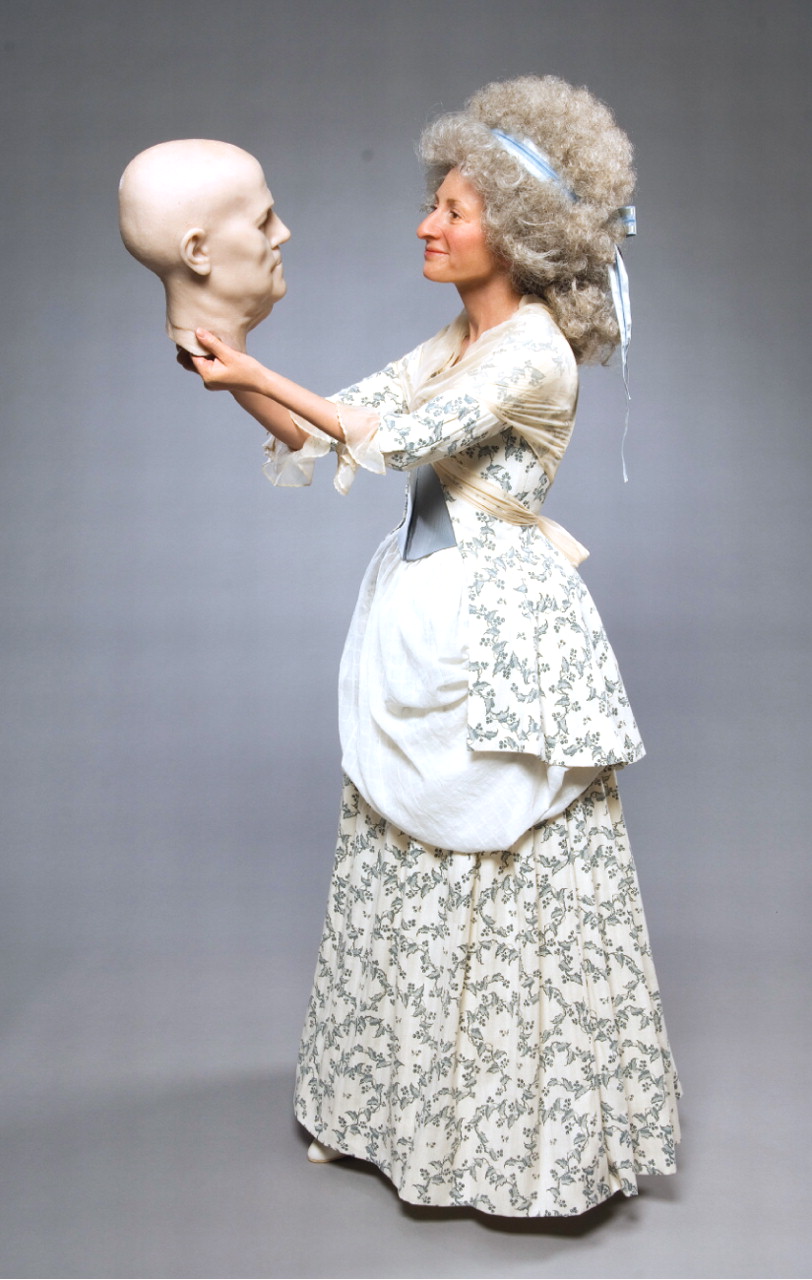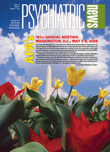Entering Glamor, a new pseudo-nightclub in an old department store in downtown Washington, D.C., can be a heady experience for the average city resident or tourist once they're surrounded by so many celebrities.
Whoopi Goldberg warmly greets visitors at the door.
Johnny Depp is quite approachable despite his dark, penetrating eyes.
Watch where you are going! Around the next corner, unseen until you are practically in his face, is actor Will Smith. He's leaning against a pillar, slyly checking out the dance moves of hip-hoppers Beyoncé and Jennifer Lopez.
Getting up-close and personal with A-list entertainers has gotten this easy since Madame Tussauds Washington D.C. opened last October. This is the seventh and newest in the chain of wax museums that carry the Tussauds name. The waxed patrons in the mock club Glamor are among its many popular exhibits.
Fifty fully articulated, true-to-life waxed clones of the rich and famous or historically significant comprise the museum's current collection. Each figure is carefully carved, perfectly painted, and meticulously coiffed and dressed.
This is a touchy-feely museum. So go on and touch them, hug them, stare rudely at them; dedicated staff regularly combs their hair, straightens ties, flicks lint off clothes, and spruces up the figures. You are also encouraged to touch the interactive computer screens designed to test your knowledge of a featured celebrity.
In addition to film stars, there are stars from the worlds of sports (golf pro Tiger Woods, prizefighters Evander Holy-field and Muhammad Ali, baseball's Babe Ruth), music (Ella Fitzgerald, Bob Dylan, Marvin Gaye), and the civil-rights movement (the Rev. Martin Luther King Jr. and Rosa Parks).
There's even a wax figure of Madame Tussaud herself, in period dress and a Marie Antoinette–styled hairdo, holding up the waxed head of Benjamin Franklin, of whom she reportedly really did create a wax figure.
Tussaud was born in 1761 in France. She honed her figure-making skills under the tutelage of Dr. Phillipe Curtius, a Parisian doctor for whom her mother, a housekeeper, worked. Curtius made wax models of heads for teaching and entertainment. Upon the doctor's death in 1794, Tussaud inherited what had become his wax museum. In 1802 Tussaud starting touring England with the wax collection. After 33 years, she finally settled in London, establishing her first permanent wax museum on Baker Street. Tussaud died in 1850, and the museum moved to its present site on Marylebone Road in 1884.
Over the years the Madame Tussauds company opened museums around the world. While each is unique, they all showcase their figures according to common themes, with emphasis on famous individuals who are historically or otherwise connected to the host city, country, or part of the world.
Indeed, the first exhibit room in the “Spirit of Washington” shows the waxed likeness of a slightly rotund King George III of England in white powdered wig, stockings, and formal dress. Clearly representing the old world and the past, he's glancing with a sense of wonderment at a proud-faced, loin-clothed Piscataway Indian with feathers in his hair who symbolizes the Americas soon after Europeans discovered the region.
What comes next, hinting at the tensions to follow in the new land, is the towering figure of George Washington exuding quiet confidence and charisma; Washington is gazing toward a nearly-as-tall but lankier Thomas Jefferson.
Fast forward. The years fly by, the “perfect union” holds, the Civil War ends. Visitors enter the Scandals room and come upon a chilling scene at the old Ford's Theatre. The sounds of the play on the stage below can be heard right in the moments before the assassination of President Abraham Lincoln. You can walk up to John Wilkes Booth as he points his pistol inches from the back of Lincoln's head.
Further on visitors come face to face with some of the actors in a more recent Washington, D.C. scandal—Watergate—that stars President Richard Nixon and his nemesis Washington Post reporter Bob Woodward.
The wax-figure-making process at Tussauds is as much science as art. Deceased subjects are developed by sculptors based on existing sculptures or photos and written accounts. Sculptors spend hours with live subjects taking more than 250 precise body and facial measurements. They photograph the subjects from countless angles. From these raw data, a clay sculpture of the figure is born and cast into plaster. Using the plaster cast, the head of an individual is cast in wax while his or her body gets cast in more durable fiberglass.
Eyeballs are hand-painted, as is skin, which includes characteristic“ flaws” like pimples, razor bumps, warts, and discolorations. Each tooth is molded separately. The figure is dressed only after the last strand of hair is in place.
“All figures have 100 percent human hair inserted strand by strand,” said Shameka Lloyd, the musuem's marketing manager. That includes eyelashes, eyebrows, beards, and the like. On average, that adds up to 140 person-hours per figure to finish the strand-by strand insertion, she added.
Madame Tussauds is at 1025 F Street, N.W. The closest Metrorail stop is Metro Center. More information is posted at<www.madametussaudsdc.com/spiritofdc.html>.▪

